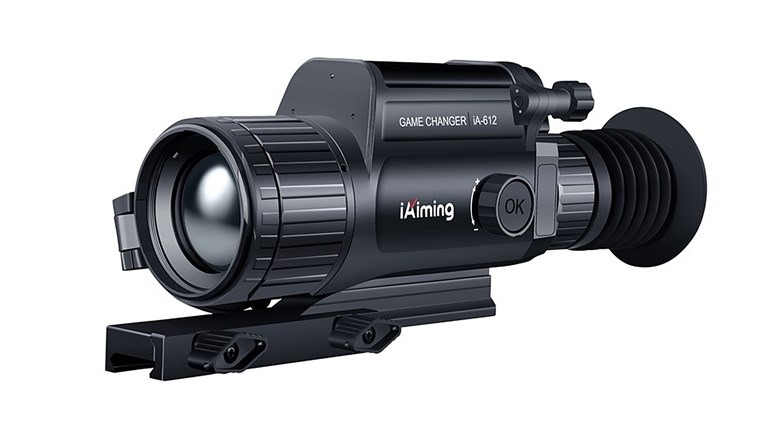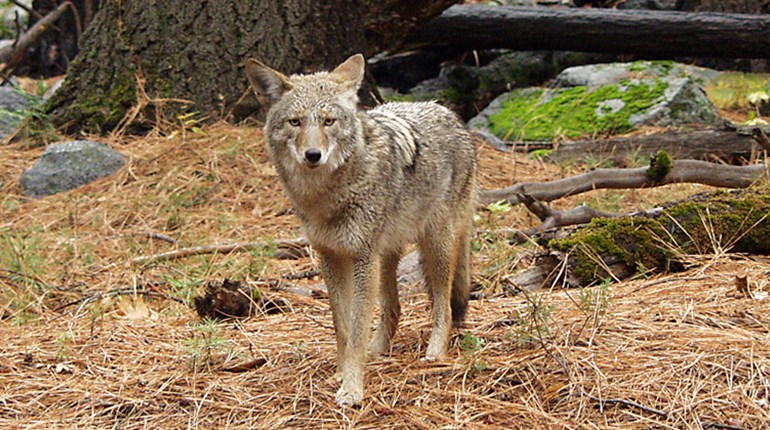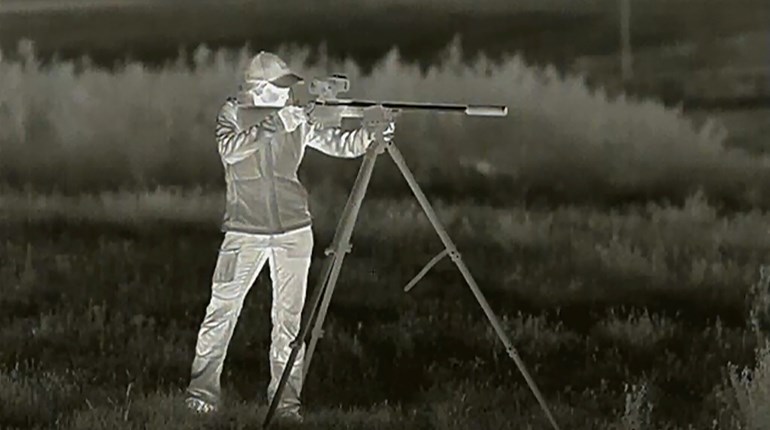
Being a dyed-in-the-wool bowhunter means I am always worried about something smelling me. This is not something that needs telling to serious predator guys, but just a way of explaining how, many moons ago I started using Wildlife Research Center’s Scent Killer scent-eliminating sprays, shower products and laundry soaps. From there, I progressed to using its deer attractant and various cover scents, with which I have had several successful experiences. I really like and believe in this stuff, so when I had the opportunity to try a couple of very new WRC predator products late last spring on an Illinois coyote hunt, I jumped at the chance.
These two products—Coyote Juice and Paws & Claws—are not meant to be scent-eliminating products, nor are they masking scents. Instead, they are attractant products. I asked WRC’s Sam Burgeson what was in them, and his response was not a shocker.
“The compositions of Coyote Juice and Paws and Claws are a trade secret, but they contain a complex variety of highly attractive ingredients that work by appealing to a coyote and other predator’s territorial, curiosity and most importantly when calling, their hunting instincts,” Burgeson said. “They will help make your calling setup far more attractive to coyotes in the area.
“The two products have a lot of similarities, but some subtle differences as well. Coyote Juice is formulated more specifically for coyotes, whereas Paws & Claws is more generally formulated for all predators,” Burgeson said.
To use these products, you apply them liberally to wicks and place them in position near your stand, near the speakers of your e-caller or near any decoys prior to calling. And so I did. Later, I used them when calling coyotes in the Arizona desert. And I have killed coyotes after these scents have been deployed. Truthfully, I am not sure if they had any effect on what happened—but why mess with success? I plan on using both products much more extensively close to home to see how things go. My thinking, of course, is that if they can help—even a little bit—they’re worth incorporating into my setups. For more information, go to wildlife.com.





































